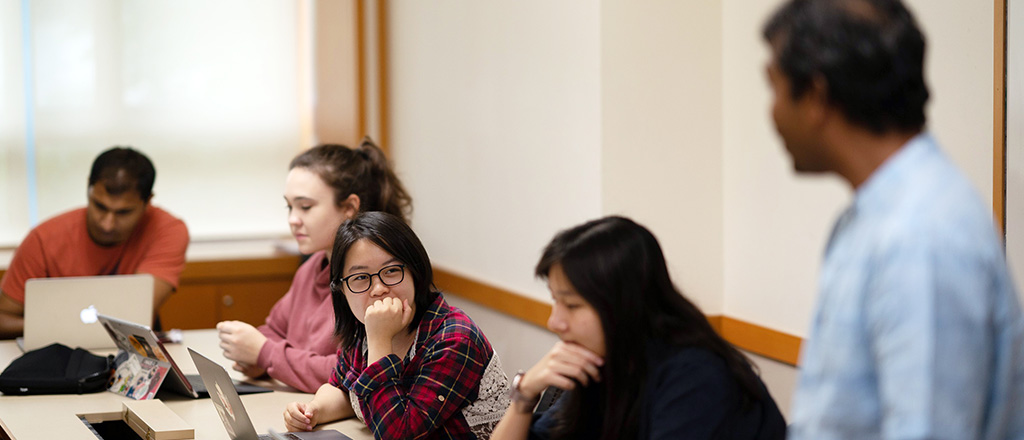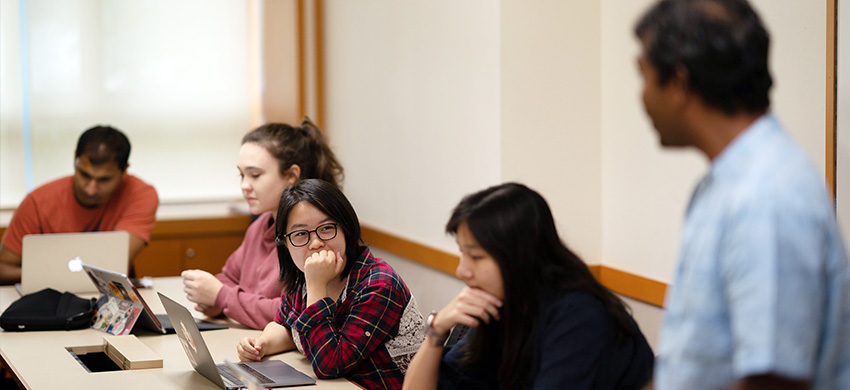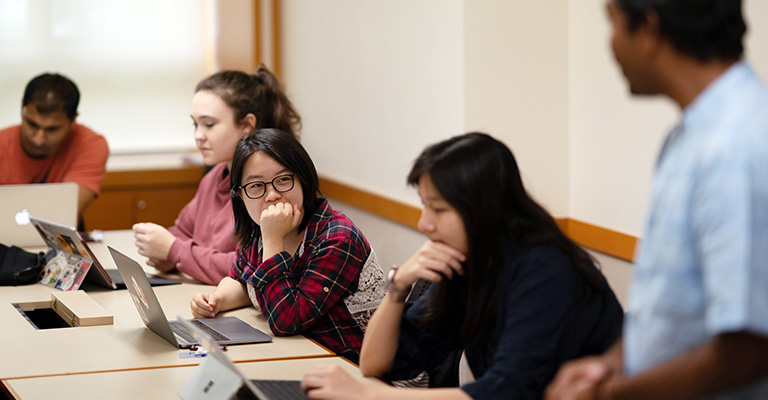Inclusive Pedagogy is an approach to teaching and course design that calls enthusiastic and empathetic attention to student and faculty differences, harnessing the full learning potential of diverse classrooms.
Diversity is intentionally cultivated and celebrated at Yale-NUS College. We value diversity because it enhances student learning and personal growth in important ways. First, diversity in the classroom expands students’ interpretive capacity, showing how particular content can be approached from multiple angles. Students learn to see the world through multiple points-of-view. Second, diverse classrooms promote listening and communication skills, as students engage in discussion and analysis across different cultural contexts. Third, learning with diverse peers and professors inculcates critical thinking abilities by prompting students to challenge their own received wisdom and culturally-bounded assumptions. Fourth, diverse classrooms promote problem-solving, and cooperation skills as students engage in group work and team-based learning, accomplishing complex tasks across different abilities, communication styles, and cultural norms.
Student diversity also contributes to professional growth and enrichment for faculty. Faculty learn new things about the world, about teaching, and about their own areas of expertise by seeing it through their students’ many and diverse lenses. Teaching students from diverse backgrounds and learning styles keeps the teaching experience fresh and invigorating and creates opportunities for faculty to develop new pedagogical approaches and avenues for research.
At Yale-NUS, we are committed to creating an inclusive and supportive environment for all students. The Student Accessibility Support, managed by the Student Affairs Office (SAO), support students with physical, cognitive, and psychological conditions giving them the best possible chance at academic excellence both in and out of the classroom. The SAO works closely with the National University of Singapore (NUS) University Health Centre (UHC) to determine appropriate learning accommodations for students who need accessibility support in the classroom. Student confidentiality is a priority in this area and the Registry/ SAO will notify you, the faculty member if you have a student with accommodation in your classroom. Faculty members are required to honour accommodations as notified by Registry/ SAO Office. Faculty members should not provide their own accommodations in the absence of a formal notification from the Registry/ SAO Office or UHC. This is to ensure consistency of practice and that students are getting the appropriate support.
Read about the student process and accommodation available:




